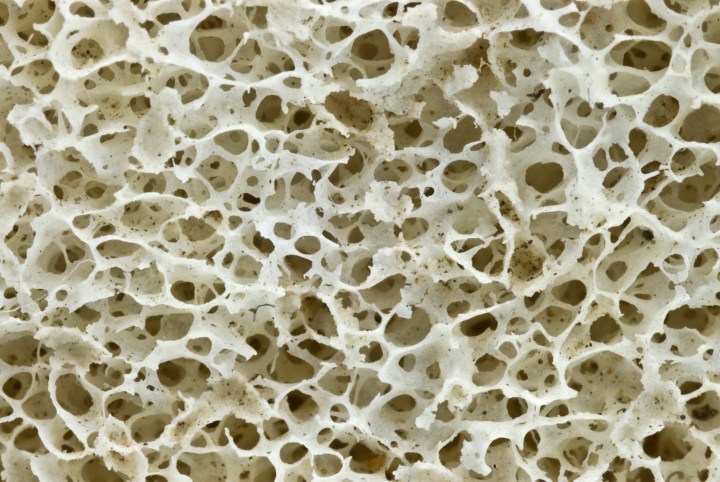
It’s in these cases when bone donors are required, although this option comes with challenges: mainly a limited supply and the potential risks associated with any other organ transplant.
That’s where researchers at the U.K.’s University of Glasgow come in.
As part of a $3.5 million project sponsored by the charity Find A Better Way, they’ve been working on 3D-printing technology that can potentially help people who have suffered major bone damage in incidents like landmine explosions.
“Last year, Find A Better Way launched a competition calling for new ways to help victims of landmines involving regenerative medicine,” Professor Manuel Salmeron-Sanchez, the university’s chair of biomedical engineering, told Digital Trends. “We thought we had some technologies which could be used in combination to help with bone regeneration in blast injuries.”
Growing bones in the lab is something that has long been dreamed of by scientists. The Glasgow project involves using a 3D printer to create bone scaffolds. These are then coated with stem cells and a growth factor called BMP-2. Finally, the components are put in a specialized machine called a Nanokick, which shakes the scaffold to stimulate interaction between the stem cells and growth factor to make the bone tissue grow extremely quickly.
The hope is that this will allow custom bone pieces to be produced in as short a period as 3 to 4 days. Once placed in the body, the patient’s bone tissue will then grow and replace the scaffold, which ultimately dissolves away.

While the current research is focused on landmine victims, Salmeron-Sanchez said it offers other potential applications.
“We’re also working with other clinical applications in mind,” he said. “For example, this could be used in car accidents, or any other trauma cases where there is loss of bone. It could also be used in cancer treatment when a large piece of bone has to be removed because of bone cancer.”
As for a timeline, he says it’s still very much in the research phase now, but won’t necessarily stay that way for long.
“This research project has an estimated duration of five years,” Salmeron-Sanchez noted. “Within three years, however, we plan to have the first use of this technology on a human being. That will be the first prototypes of this technology implanted in a patient, although it will be to treat a fracture rather than anything as large as a blast injury. We want to start with something that is not major and doesn’t come with other complications.”
Provided that is a success, the dream of being able to help people around the world with more significant injuries may not lag too far behind.
Editors' Recommendations
- Nvidia turns simple text prompts into game-ready 3D models
- AMD is bringing 3D V-Cache back to Ryzen 7000 — but there’s a twist
- AMD’s revolutionary 3D V-Cache chip could launch very soon
- Fighting football injuries with 3D-printed, hyper-personalized pads
- AMD’s 3D-stacked Ryzen 7 5800X3D is ‘world’s fastest gaming processor’


